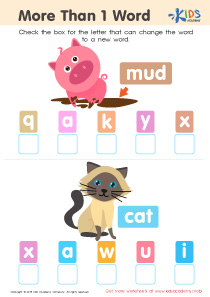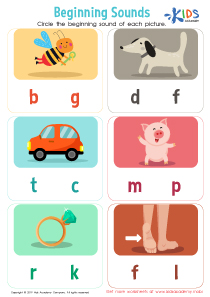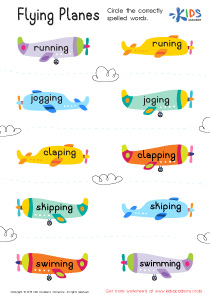Understanding syllables Elementary Phonics Worksheets for Ages 4-9
3 filtered results
-
From - To
Boost your child’s reading skills with our "Understanding Syllables" Elementary Phonics Worksheets, designed for kids ages 4-9! These engaging and educational printable worksheets help young learners grasp the concept of breaking words into syllables, enhancing their phonemic awareness and pronunciation. With diverse activities such as identifying, counting, and segmenting syllables, our worksheets are perfect for young readers to build strong foundational skills in a fun and interactive way. Ideal for classroom use or at-home learning, empower your child's reading journey with these essential and accessible phonics resources.
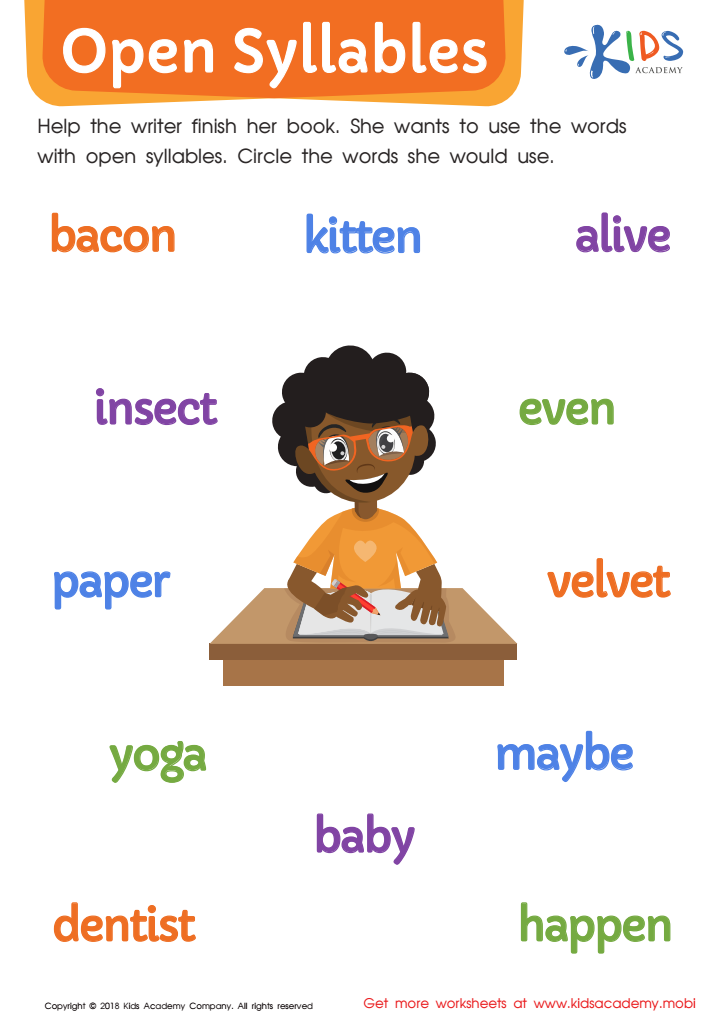

Open Syllables Worksheet
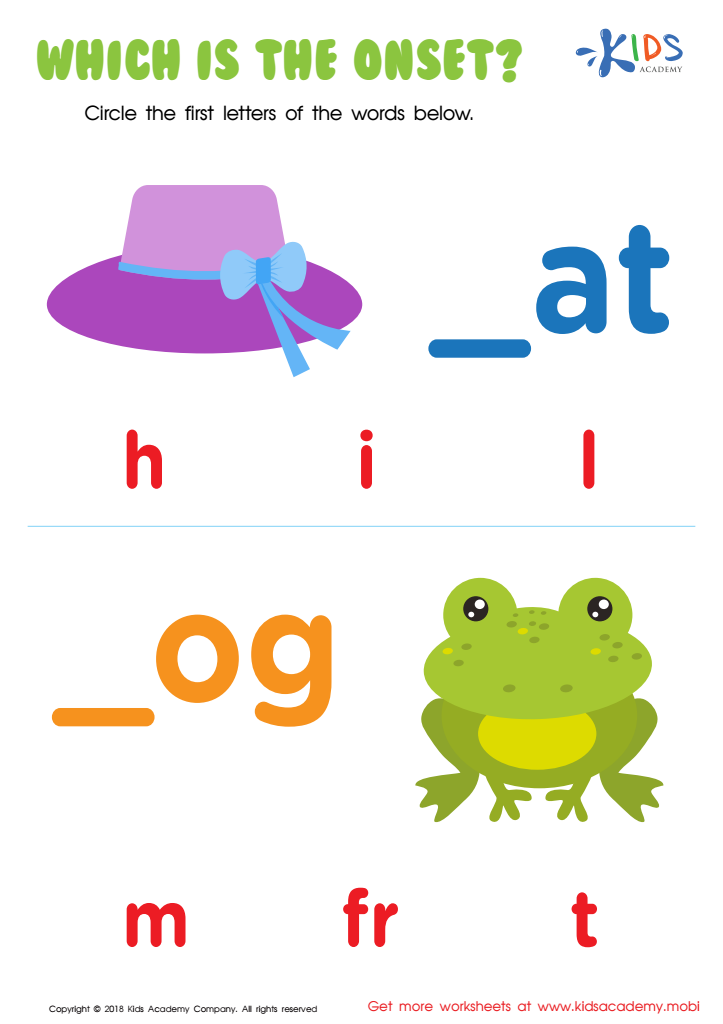

Which Is the Onset? Worksheet
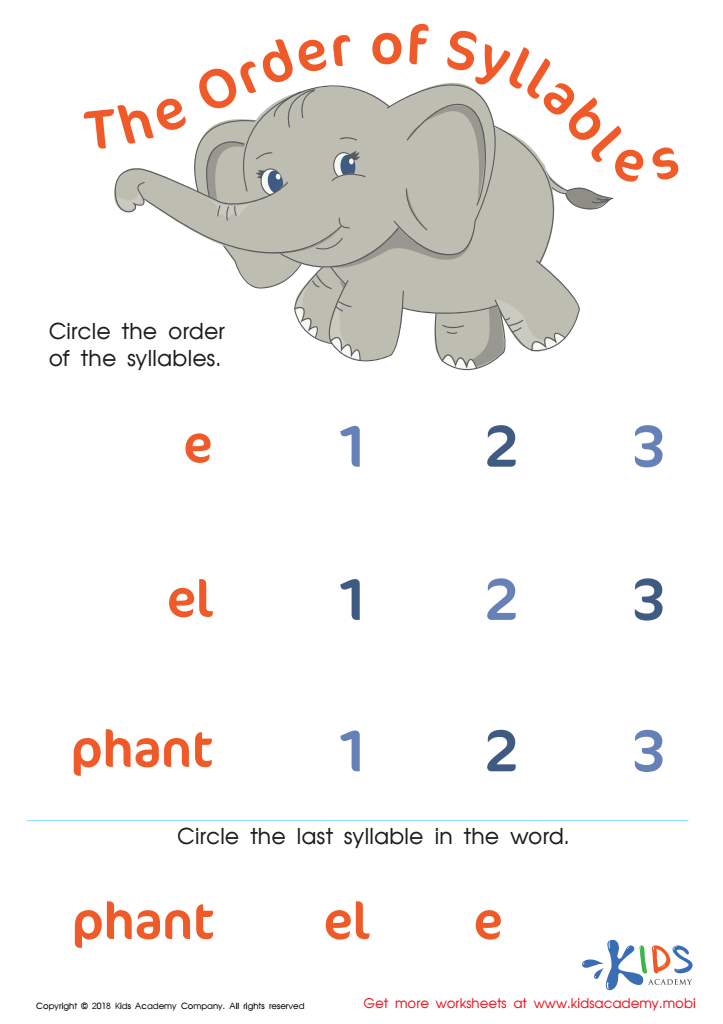

The Order of Syllables Worksheet
Understanding syllables is a cornerstone of early phonics education for children aged 4-9, and it forms the bedrock of their reading and writing abilities. For parents and teachers, recognizing the importance of syllable awareness can significantly impact a child's literacy development. Syllables, which are units of sound that combine to form words, make it easier for children to break down and decode new words they encounter. This process supports smoother reading and improved comprehension.
When children learn to recognize syllables, they develop better phonemic awareness, which is the ability to hear and manipulate the individual sounds in words. With strong phonemic awareness, kids are more prepared to tackle more complex literacy tasks as they grow older. It also helps them in spelling because they can segment words into manageable chunks, making it less daunting to memorize spellings of longer words.
Additionally, understanding syllables can boost a child's confidence in both reading and speaking. It aids in proper pronunciation, enabling clearer communication and storytelling. For these reasons, incorporating syllable training into early education curriculum ensures that children are not just memorizing words, but truly understanding language structure, ultimately fostering a lifelong love for reading and learning.
Parents and teachers can use engaging activities like clapping games, song rhymes, and syllable counting exercises to make learning syllables fun and effective. Structuring this foundational skill in a supportive and interactive environment sets children on a path to academic success.

 Assign to My Students
Assign to My Students







